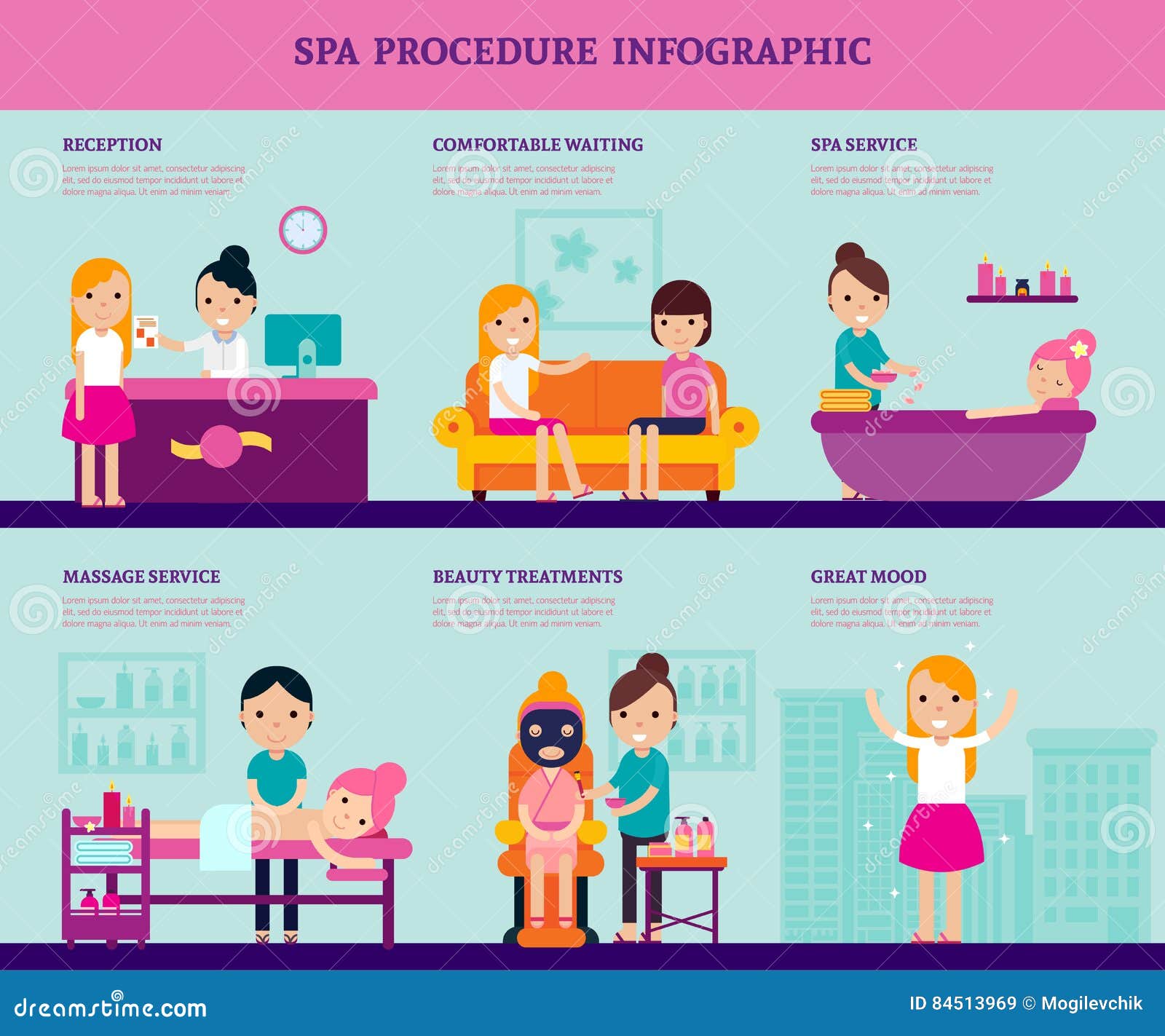What Is The Best Acne Treatment
What Is The Best Acne Treatment
Blog Article
Acne Therapy - What Are AHAs in Acne Treatment?
AHAs are a crucial active ingredient for unclogging pore clogs and lightening up acne-prone skin. They function by breaking down dead skin cell accumulation to promote newer, fresher cells, and preventing future clogs.
Formulating topical AHAs requires meticulous attention to different vital factors that considerably influence their efficiency and tolerability. Maintaining the ideal pH variety, in addition to vehicle choice and concentration, magnifies their exfoliative features while mitigating potential unfavorable responses.
Glycolic acid
Glycolic acid is recognized for its light yet reliable exfoliating residential or commercial properties, which advertise skin's all-natural losing and loosen up the "adhesive" that holds dead cells externally of the skin. This helps unclog pores and minimize the appearance of fine lines and wrinkles, in addition to enhance total skin appearance and tone.
Surprisingly, topical glycolic acid has also been shown to stimulate the production of collagen, which is vital in preserving skin's suppleness and flexibility. It is essential to note, nevertheless, that due to the fact that glycolic acid can boost the skin's sensitivity to sunlight, it is essential to use sunscreen when making use of any kind of products containing this ingredient.
Dermatologists pay careful attention to the formulation of products including AHAs in order to enhance their effectiveness and tolerability. Developing AHAs with the ideal lorry, in addition to pH and focus considerations, allows for optimal skin penetration while minimizing potential adverse responses. This is specifically critical for people with delicate skin, considering that AHAs are recognized to be slightly annoying.
Lactic acid
Lactic acid is discovered in numerous over the counter skin care products and some stronger professional peels and treatments. It has the lowest molecular weight of all the AHAs and has the ability to pass through much deeper right into the skin, where it is much more efficient at unclogging pores and exfoliating.
Like glycolic acid, it also stimulates collagen synthesis, which aids reduce great lines and wrinkles and improve skin texture. In addition, it has moisture-retention buildings, that makes it better for drier skin types than other AHAs.
The considerable body of professional information corroborating the efficacy of topical AHAs supports their utility in a large range of dermatological afflictions and aesthetic concerns. These consist hills med skin of detailed skin restoration treatments, depletion of fine lines and creases, lightening of hyperpigmentation, healing treatment for actinic keratosis, and acne administration [2] Optimizing the solution of AHAs by stabilizing pH, concentration, and lorry option additionally enhances their healing capacity. These careful factors to consider make it possible for skin specialists to deliver secure and efficient treatments that give remarkable scientific results.
Mandelic acid
Mandelic acid, stemmed from almonds, is an additional member of the AHA family and is a prominent ingredient in items that assist treat acne. Its bigger molecular dimension indicates it permeates the skin much more gradually and gently, which can reduce the possibility for inflammation. It's additionally much less likely to activate inflammation and various other skin level of sensitivity issues, making it ideal for sensitive skin kinds.
Mandelic Acid is thought to help reduce swelling and boost hydration. It functions by loosening the bonds in between dead skin cells, allowing them to lose and reveal fresher-looking skin. It additionally helps reduce the look of enlarged pores.
Formulating topical items with AHAs requires an exact balance of crucial factors that dramatically impact their efficiency and tolerability. Particularly, the pH of an AHA solution has been revealed to play a crucial duty in its ability to advertise exfoliation and boost skin tone and structure. Achieving this ideal focus is a difficult objective and requires thorough attention to the numerous factors that affect the formulation process.
Citric acid
Citric acid, located in citrus fruits such as oranges and lemons, is a moderate AHA. It's much less irritating than glycolic or lactic acid, making it better for sensitive skin. It likewise has astringent properties, assisting to dry excess oil.
Like other AHAs, citric acid can be utilized in chemical peels and daily active/maintenance treatments to scrub the skin and promote cell turnover. It can help in reducing the appearance of dark areas and hyperpigmentation, along with fine face lines.
It can also boost the synthesis of glycosaminoglycans, which play a vital role in reinforcing the skin barrier function. This aids to avert trans-epidermal water loss, and preserve optimum hydration degrees in the skin [35]
AHAs can be combined with calming active ingredients such as ceramides or hyaluronic acid to improve their tolerability. They can be integrated right into daily active/maintenance skin care via cream or lotion solutions. This allows specialists to customize their AHA therapies based on individual demands and preferences, with the versatility of picking from various treatment intensities or focus.